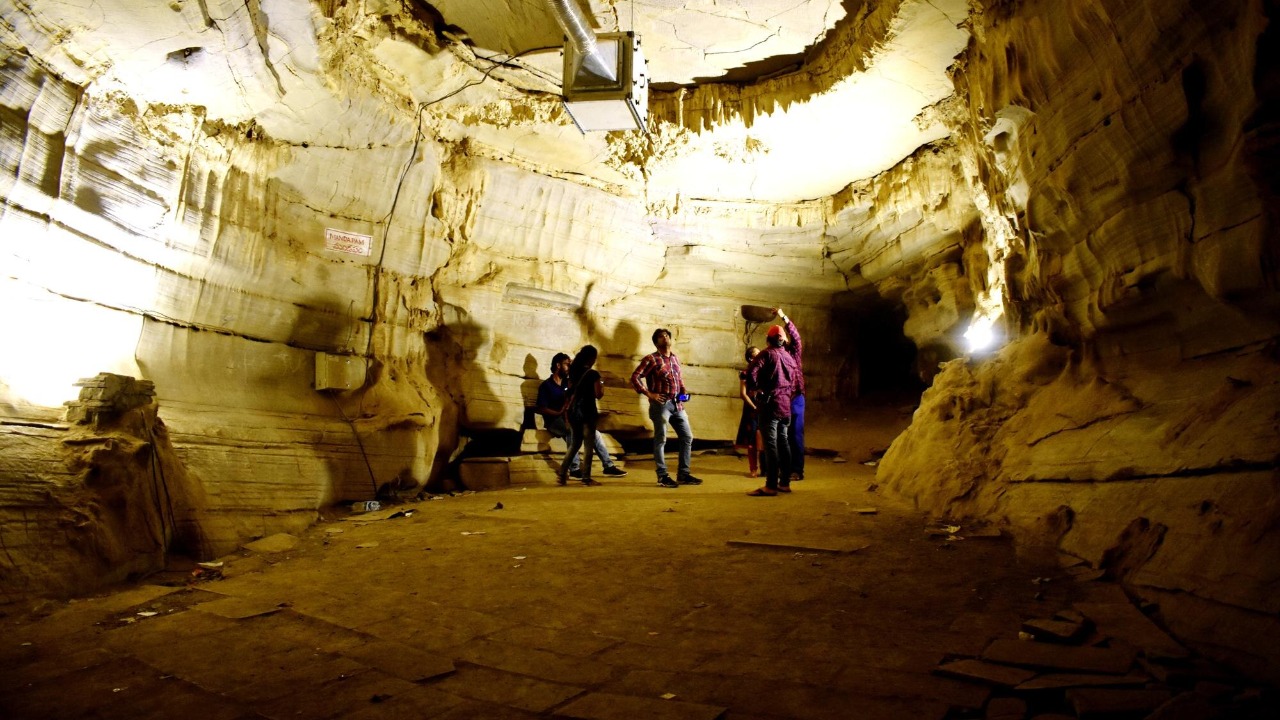
Recent archaeological discoveries have unveiled a fascinating world beneath our feet, with mysterious underground chambers and structures linked to ancient civilizations. From a cryptic chamber in Scotland to a 3,000-year-old Urartian mural in Turkey, these subterranean finds are offering new insights into the past. They join a growing list of discoveries, such as an ancient Mexican pyramid’s ‘gateway to the underworld’, that hint at advanced engineering techniques.
The Scottish Underground Chamber
The excavation process in Scotland revealed a mysterious underground chamber, its structural features hinting at an ancient civilization’s handiwork. The chamber’s design and location have sparked intrigue among archaeologists, who are now working to understand its purpose. Artifacts discovered within the chamber provide clues to its use, yet the full story remains elusive. The excavation has not been without challenges, with preservation efforts for the underground environment being a key concern.[source]
Urartian Murals Beneath Garibin Tepe
In Turkey, archaeologists unearthed 3,000-year-old Urartian murals hidden in a mysterious underground structure beneath Garibin Tepe. The murals, with their distinctive artistic style and materials, offer a glimpse into the cultural practices of the Urartian civilization. The preservation of these murals underground is significant, demonstrating the effectiveness of the excavation techniques used to reveal them.[source]
Remains of an Ancient Roman Mechanic Shop
Archaeologists have also discovered the remains of an ancient Roman mechanic shop, complete with tools and structures that indicate specialized engineering. The location and timeframe of this find provide valuable context, shedding light on the broader architecture of Roman underground workshops. Specific artifacts from the shop offer a window into the daily operations of the ancient Roman world.[source]
Excavation of an Ancient Temple and Tombs
The excavation of an ancient temple has led to the unearthing of 2,500-year-old tombs. The architectural elements of the temple and the condition of the tombs provide valuable insights into the age and burial contents. The placement of the tombs relative to the temple structure suggests certain cultural rituals, adding another layer to our understanding of the past.[source]
Gateway to the Underworld in Mexico
In Mexico, the discovery of a ‘gateway to the underworld’ beneath an ancient pyramid hints at an advanced civilization. The pyramid’s location and the underground features suggest ritualistic or symbolic purposes. Initial interpretations of the gateway’s design are based solely on reported structural evidence, yet they offer tantalizing clues to the civilization that built it.[source]
Common Themes in Underground Discoveries
These discoveries share common themes, such as the use of underground chambers for concealment or ritual in ancient civilizations like the Urartian and Roman. The preservation advantages of underground environments are evident, with the 3,000-year-old murals and 2,500-year-old tombs serving as prime examples. These finds also offer technological insights, including the advanced engineering evident in the Mexican pyramid’s gateway.[source]
Implications for Archaeological Research
These discoveries, including the Scotland underground chamber, expand our understanding of ancient building techniques. Ongoing excavations at sites like Garibin Tepe and the ancient temple promise further artifact analysis. Interdisciplinary approaches, such as combining archaeology with historical records for the Roman mechanic shop remains, are proving invaluable in these investigations.[source]
More from MorningOverview